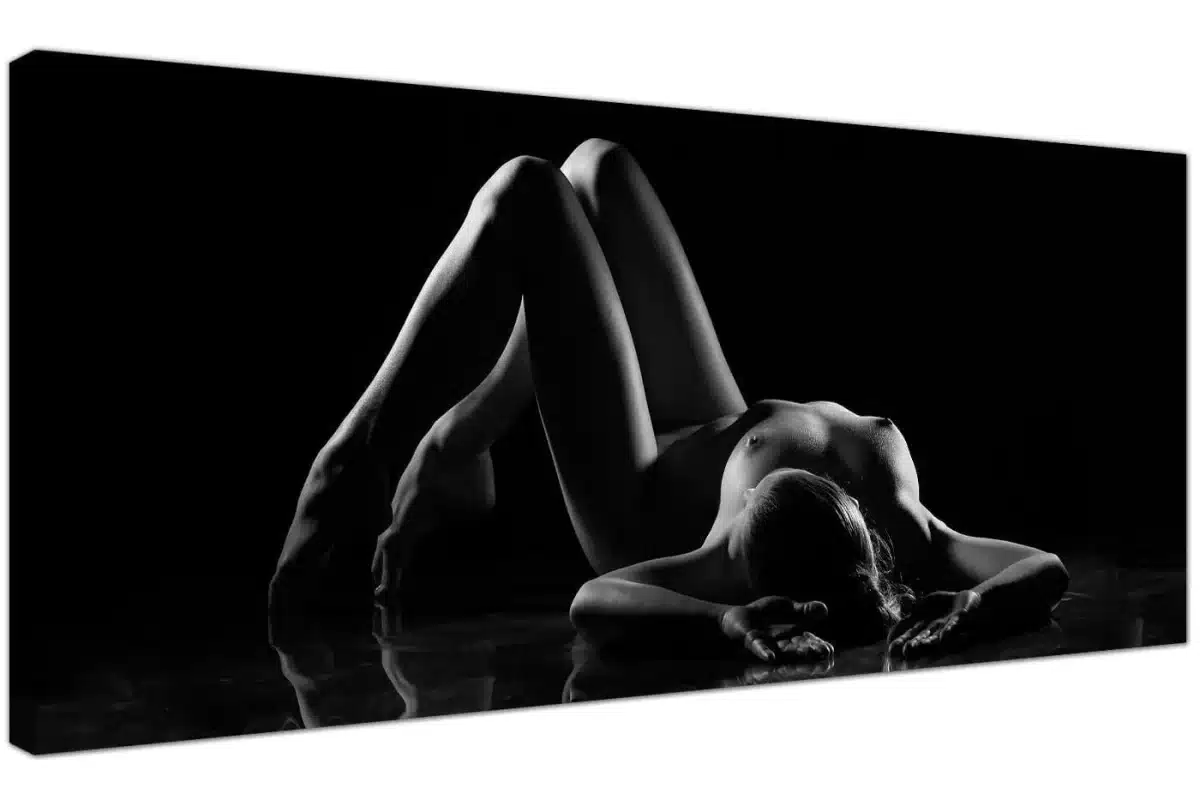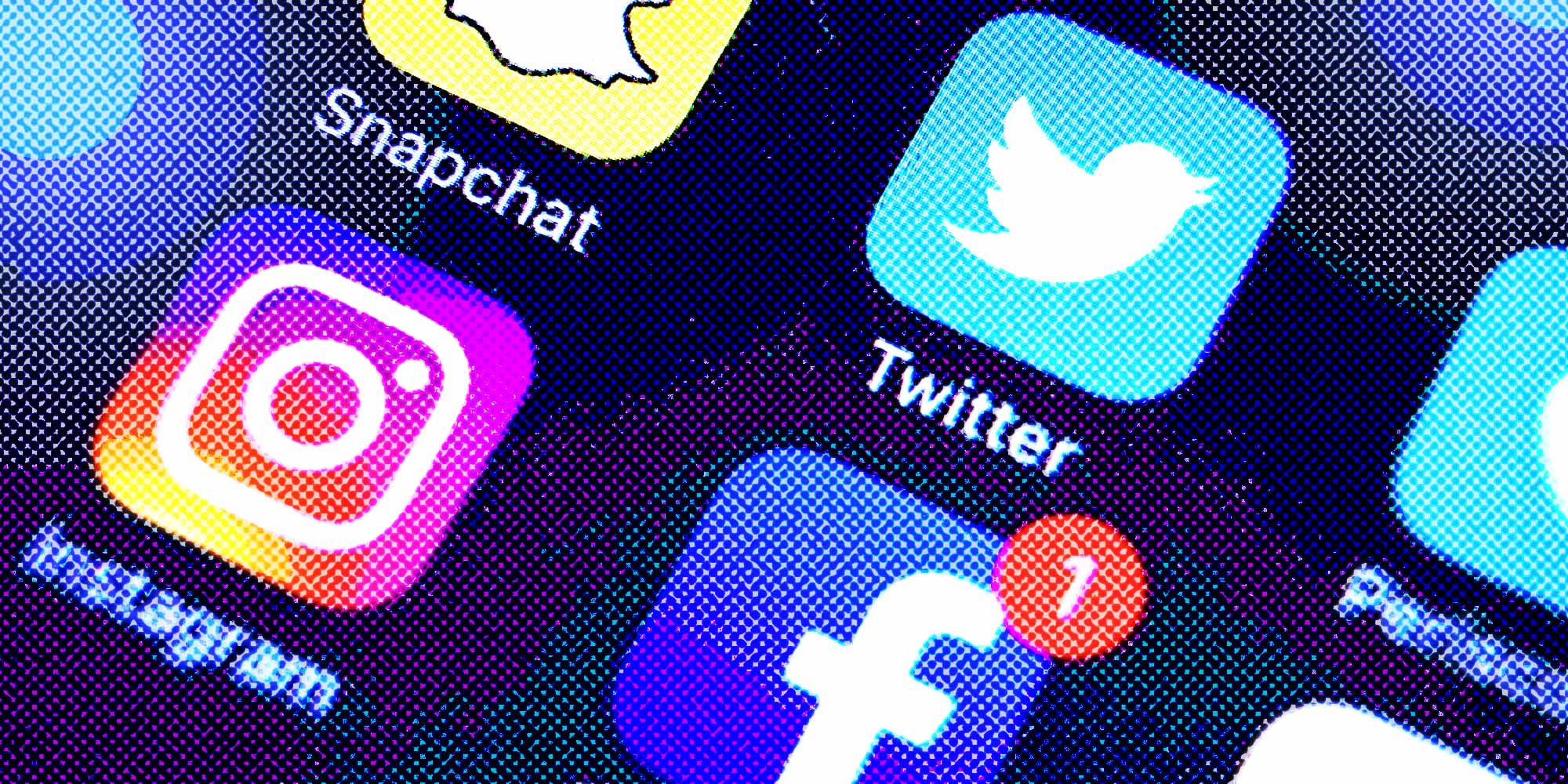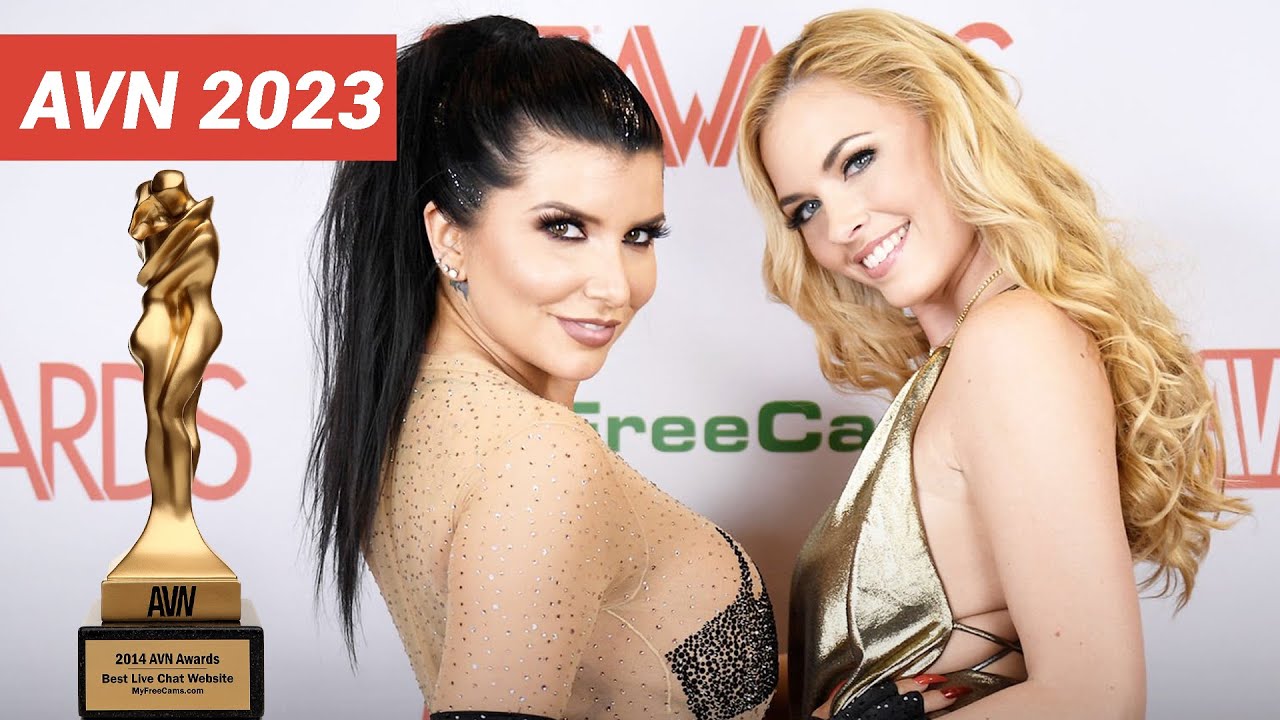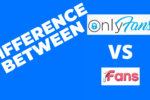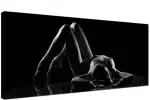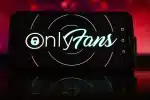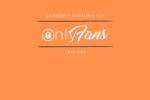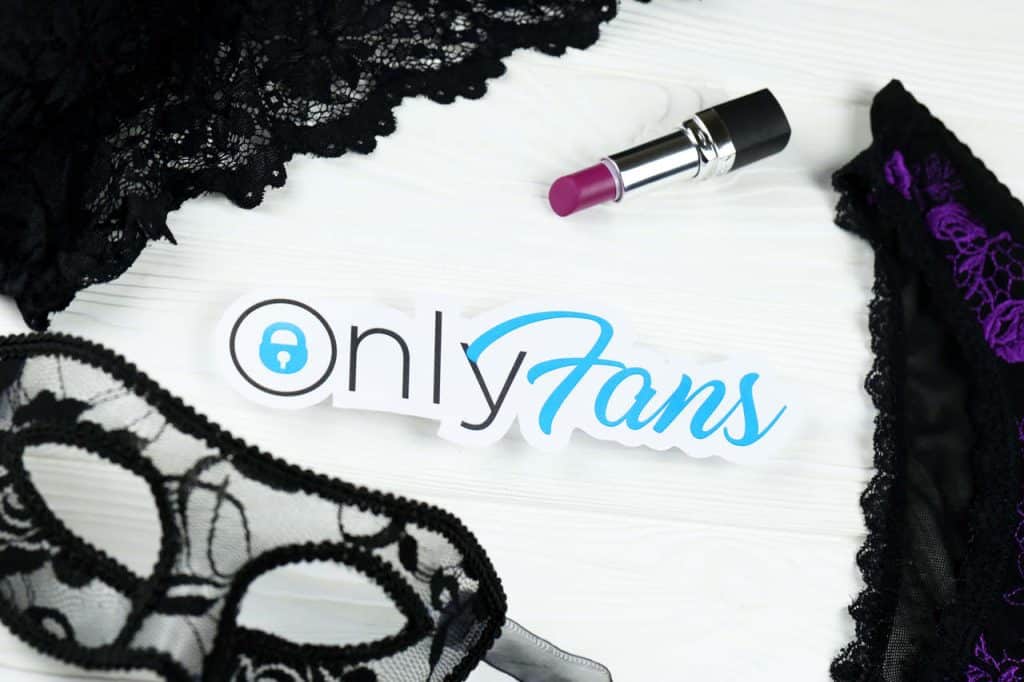Art Meets Erotica: The World of Erotic Art and Its Impact on Society
The brush glides across the canvas, painting an image of passionate love and forbidden desires. The art that is created transcends boundaries, evoking feelings of both pleasure and danger.
This is erotic art – a form of expression that has been used for centuries to explore the complexities of human sexuality.
In this article, we will discuss the history, types, perception, benefits and impact of erotic art on society.
Definition of Erotic Art
Erotic art is a form of visual art that is intended to evoke sexual pleasure or to create an intimate connection between the viewer and the artwork. It can take many forms, such as paintings, sculptures, prints, photographs, and installation pieces. Private collections of erotic art are often kept hidden away from public view due to conservative attitudes towards sexuality in many cultures. However, there has been increasing acceptance of these works in both private and public displays over the years.
Erotic art has played an important role in challenging gender roles and traditional values concerning sex and sexuality. It has served as a tool for sexual liberation by providing a platform for exploring one’s own desires without fear of judgement or persecution. As such, erotic art can be seen as an important cultural force that has helped shape our understanding of sex and gender roles. Through its ability to challenge conventional norms while still maintaining its core purpose—to provoke feelings of arousal—erotic art continues to remain relevant today. In this way, it serves as a powerful reminder that sex is something worthy of celebration rather than shame or taboo.
Transitioning into the subsequent section about the history of erotic art, it’s clear that it has been around since ancient times. However, only recently have we begun to understand its true value within society at large.
History of Erotic Art
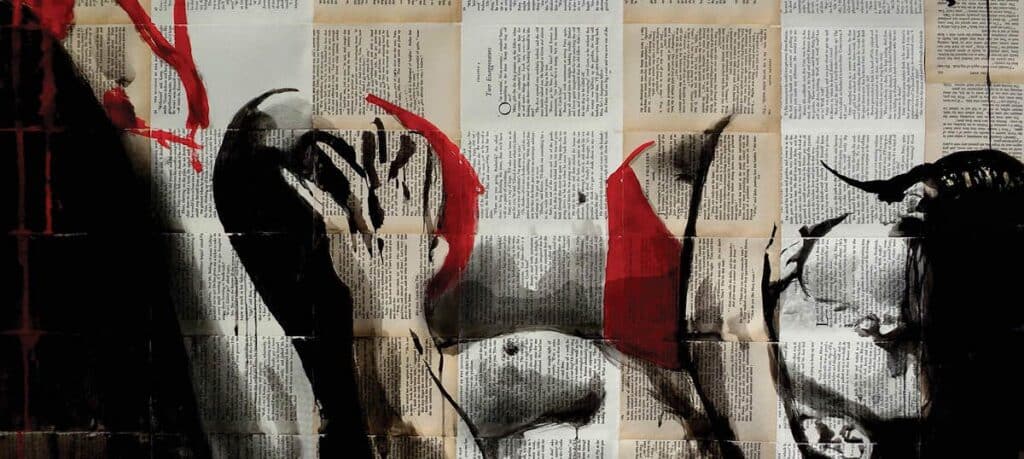
Tracing back to its origins, the history of erotic art is intertwined with cultural and religious beliefs. Throughout time, sexual artistry has been used to express love and beauty as well as to challenge social norms.
In ancient Egypt, nude figures were often depicted in tombs and temples as a way to honor gods or represent fertility. During the Renaissance period, Italy saw a surge of artwork that incorporated erotic themes, representing body acceptance in a time where conservative views were widely held.
Fast forward to today’s modern era, artists are now afforded more artistic freedom than ever before when it comes to creating pieces with an explicit nature. This newfound ability allows for people from all walks of life to explore their sexuality in a safe manner through visual art forms. As such, erotic art is no longer seen only as taboo – but rather an opportunity for self-expression and exploration of one’s own identity.
As we transition into discussing the various types of erotic art available today, it becomes apparent just how far this genre has come since its humble beginnings thousands of years ago.
Types of Erotic Art
Exploring the various forms of erotic art is a way to understand the evolution of its influence on society. From explicit drawings and lustful paintings to sensual sculptures and burlesque performances, there are numerous artistic mediums in which this form of art can be expressed.
Erotic photography captures intimate moments between partners or solo models in suggestive poses that may highlight sexual organs or features that evoke arousal.
Explicit drawings focus on depicting human anatomy and body parts with exaggerated attention to detail, often emphasizing the curves and contours of different parts of the body.
Sensual sculptures emphasize physical touch by creating tangible representations of figures posed in provocative positions and exhibiting heightened emotions associated with desire and lust.
Lustful paintings explore color, line, texture, shape, perspective, proportionality – all while exploring themes related to lovemaking or other sensual acts between partners or solo models.
Perception of Erotic Art
Perceptions of erotic art have been shaped by various factors throughout history. From ancient times, when art depicted sexual acts as a part of the culture and religious beliefs, to modern day when it is often seen as immoral and obscene. Gender representation, sexuality taboos, body image, power dynamics, and cultural appreciation have all contributed to how erotic art is viewed in today’s society.
The traditional view of nudity and sexuality has been largely shaped by patriarchal values that control what is deemed acceptable for artistic expression. As such, some forms of erotic art are still considered taboo or even illegal in many countries due to their perceived obscenity. On the other hand, there is also an appreciation for more subtle forms of sensuality in certain cultures that allows them to be enjoyed without offending societal norms.
The way people perceive erotic art can also be heavily influenced by personal experiences and beliefs around body image and gender representation. Some may find it empowering while others may find it offensive depending on their own interpretations of the artwork. Despite this wide range of opinions about its value, one thing remains true: erotic art has been a source of creative expression since ancient times with no signs of waning popularity anytime soon.
This perception debate surrounding erotic art provides an important insight into the ways societies understand human sexuality and its place within our culture. As such, exploring its potential benefits should be considered in order to create a more open-minded attitude towards this type of artwork going forward into the future.
Benefits of Erotic Art
Examining the potential benefits of erotic art provides an important insight into how societies understand human sexuality and its place within culture. Erotic art has the potential to foster body positivity and provide a healthy outlet for creative expression.
In addition, it can be used as a form of art therapy to explore taboo topics that are usually not openly discussed in society. It can also serve as an empowerment discourse that encourages individuals to think more deeply about their own sexual identities and agency.
Furthermore, some argue that access to erotic artwork has the power to destigmatize certain sexual activities by allowing them to be more openly accepted and discussed in society. By taking these factors into account, we can gain a better understanding of how erotic art affects social attitudes toward sex, relationships, identity, and gender roles.
This provides invaluable insight into the impact of erotic artwork on society as a whole.

Impact of Erotic Art on Society
Analyzing the influence of erotic art on society reveals important insights into how different cultures view human sexuality and its role in culture. Erotic art often challenges traditional gender roles, as well as moral values surrounding sexuality. In many cases, it can be seen as a form of sexual liberation that encourages open discussions about body image and art education. As such, it has become increasingly common for individuals to explore their own identities and push against oppressive norms related to gender and sexuality through the use of erotic art.
Furthermore, these works can also have a positive impact on society by allowing people to express their own unique perspectives on sex that do not conform to traditional standards. In this way, erotic art encourages more diverse representations of sexual expression in culture while promoting healthy conversations about sex and relationships. The implications of such artwork are undeniable; it has had an invaluable effect on society by providing an outlet for open dialogue concerning issues that were traditionally taboo.
Consequently, transitioning into the next section which focuses on the challenges of erotic art is essential to understanding its full impact on our world today.
Challenges of Erotic Art
The Impact of Erotic Art on Society is undeniable, but it does not come without its challenges. From sexual expression and cultural norms to moral judgment and modern trends, the influence of erotic art can be seen in many aspects of our lives.
Here are three key challenges faced by erotic art:
- Sexual Expression: Erotic art often breaks traditional boundaries when it comes to exploring sexuality, which can create a clash between different cultures or generations.
- Cultural Norms: In some cases, erotic art can challenge long-held beliefs about gender roles or other social conventions that may be viewed as taboo or offensive in certain societies.
- Moral Judgment: Despite the fact that artistic expression should be respected regardless of personal opinion, many people still have strong feelings about what is considered “right” or “wrong” when it comes to this type of artwork. This has created an ongoing debate over whether and how much censorship should be placed on erotic artworks. Not only does this debate touch upon free speech issues, but also societal values and the role they play in shaping our culture today.
These are just a few of the challenges posed by erotic art, making it an important yet complex topic worthy of further exploration–especially with regard to censorship within this realm.
Censorship of Erotic Art
Censorship of erotic artwork is a highly debated issue due to its potential impact on free speech and societal values. Censorship laws vary widely around the world, as do the regulations regarding adult content. Governments and other entities have often interfered with the production, distribution, or exhibition of erotic art in order to protect public morality or prevent media backlash. In some cases, this censorship has been justified as a way to protect vulnerable populations from inappropriate material; in others, it has been seen as an infringement of free expression rights.
The debate over censoring erotica often revolves around the idea that such works should be protected under freedom of speech laws like any other form of artistic expression. On the other hand, many argue that certain types of explicit content can be damaging when viewed by young people or those with weaker constitutions. This disagreement has caused considerable tension between activists who wish to defend their right to create and consume erotic artworks on one side and conservative moralists on the other.
Regardless of which side is ultimately victorious in this ongoing dispute, it’s clear that censorship laws will remain an important factor in deciding what type of erotica is permissible for public consumption. The implications for our society are far-reaching, since these rules can shape our understanding of acceptable behavior and influence how we perceive issues related to sexuality and gender roles.
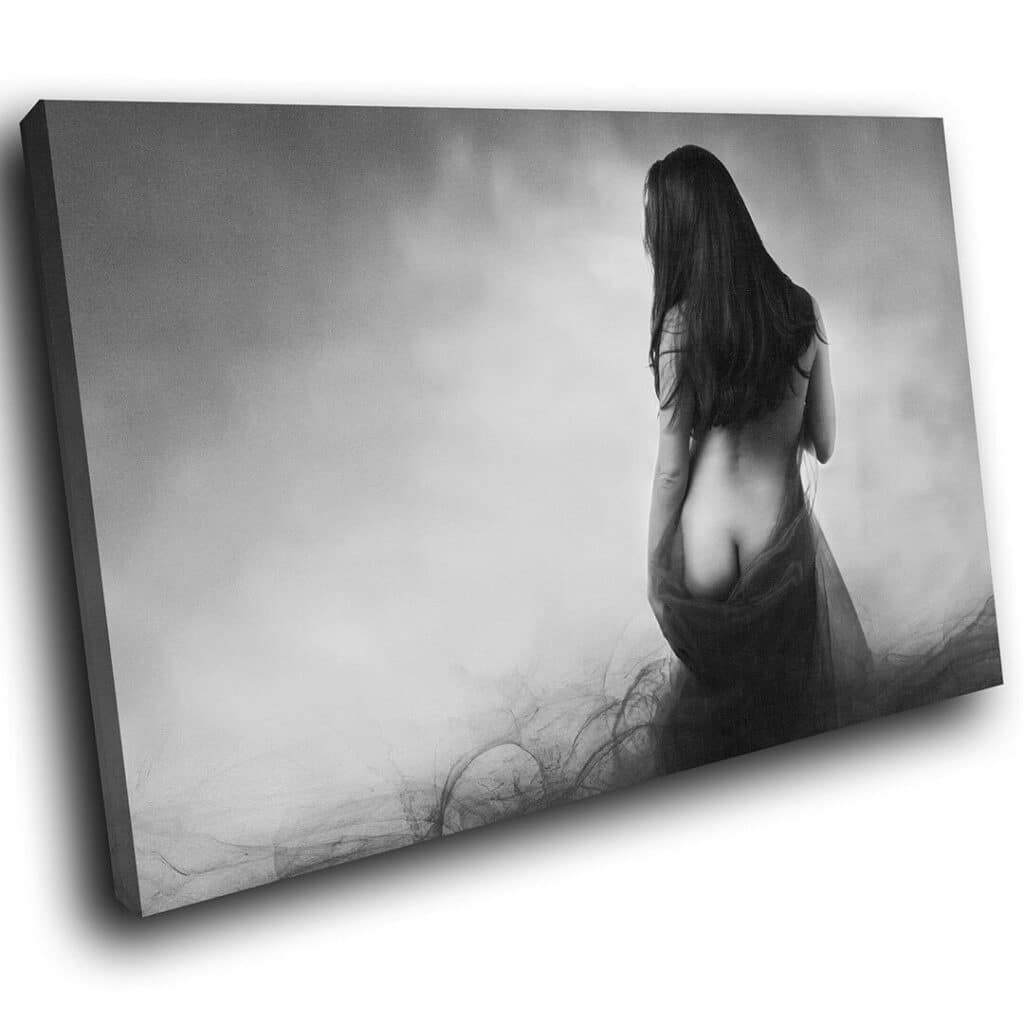
Frequently Asked Questions
How Is Erotic Art Different From Pornography?
Erotic art and pornography are distinctively different, with eroticism emphasizing the artistic expression of sensuality while explicitness is more focused on commodified sexual acts. Representation issues, censorship debates, and commodification effects all play a role in distinguishing the two. Artistic exploration offers an open-minded view into the realms of the human experience that can be seen as both captivating and challenging to society.
How Does Erotic Art Differ in Different Cultures?
Erotic art differs in different cultures, influenced by sexual taboos, censorship debates, cultural norms, moral values and gender roles. Each culture has its own interpretation of what is considered erotic art and how it should be displayed or consumed. This creates a diverse range of artistic expression across the world.
What Are the Legal Implications of Creating Erotic Art?
Worldwide, the legal regulations around erotic art vary greatly. In some countries it is viewed as offensive and subject to censorship, while in others it is more accepted with fewer social stigmas. Moral backlash and cultural taboos can often lead to legal regulation when creating erotic art.
How Is Erotic Art Funded and Distributed?
Erotic art is typically funded through patronage models, with censorship issues and ethical debates around public display. Feminist perspectives often influence the distribution of the art, as well as how it is perceived by society.
What Are the Long-Term Implications of Erotic Art on Society?
Erotic art has long-term implications such as sexualization of women, influence on youth, censorship debates, moral acceptance and art censorship. These can shape societal norms in terms of what is accepted as morally correct and socially acceptable.
Conclusion
Erotic art has the capacity to challenge societal norms and preconceived notions of beauty, providing an opportunity to explore our own desires and fantasies. While its presence has elicited a variety of reactions, from shock and outrage to admiration and acceptance, it is clear that erotic art cannot be ignored.
Despite potential challenges such as censorship, erotic art can bring immense pleasure and liberation to those who view it. It also serves as a powerful reminder that sexuality can be celebrated openly in all its forms.
In conclusion, erotic art offers an important outlet for self-expression which should not be overlooked or dismissed.










